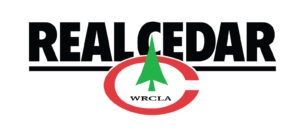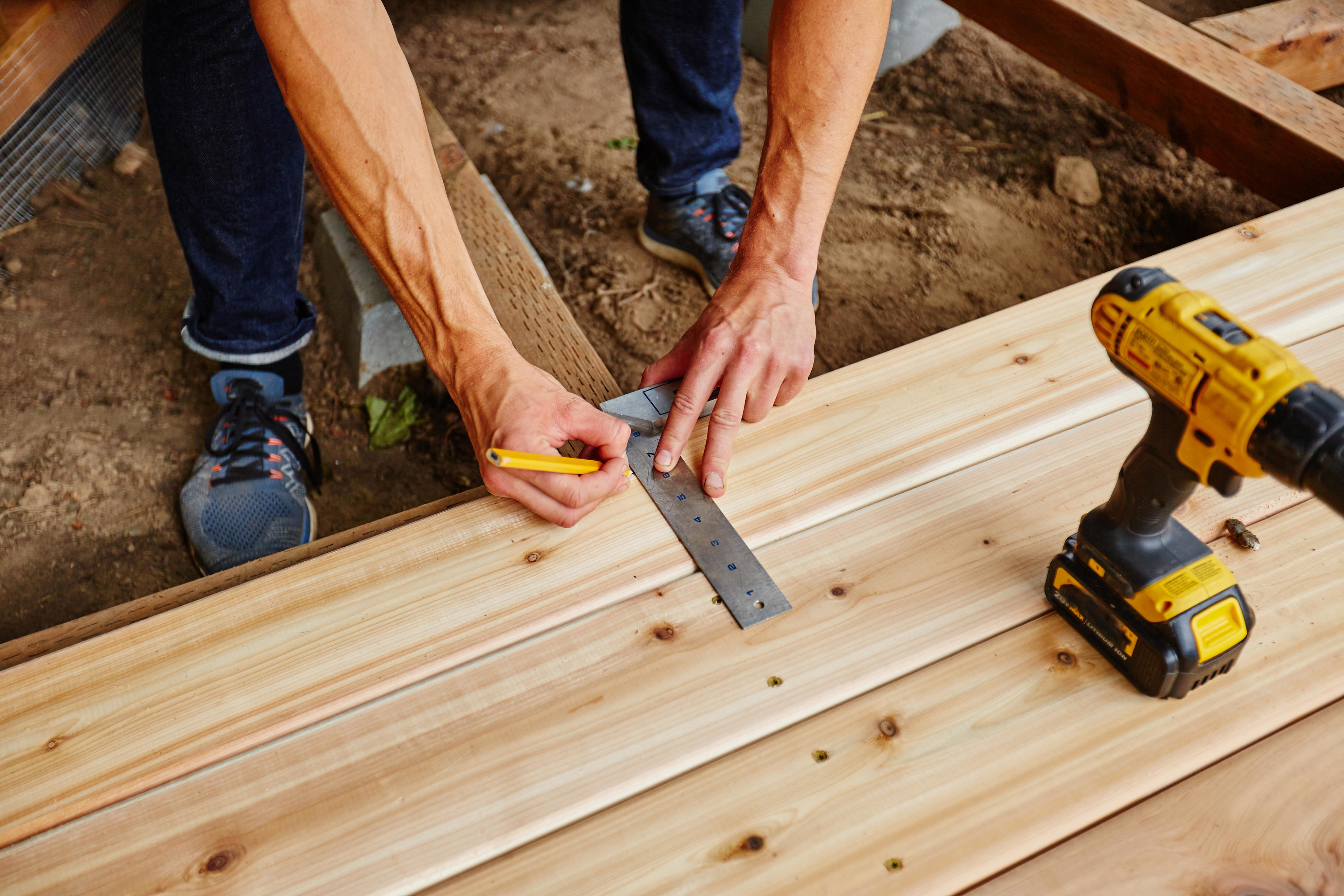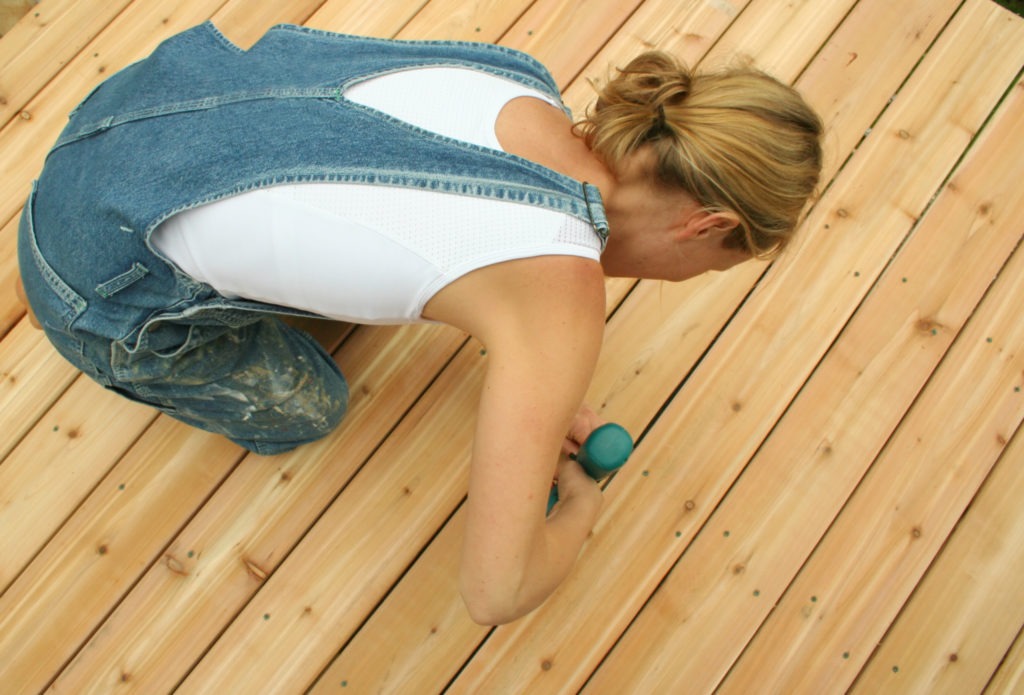Cedar decking never goes out of style A sustainable and affordable decking solution
Here on the West Coast of Canada, Cedar Decking never goes out of style. Naturally beautiful Western Red Cedar exhibits warm wood tones that will enhance any outdoor living space. Combining timeless charm with characteristic appearance, your Cedar deck will not only smell wonderful but also feel safe, warm and soft under your family’s feet. 
Why choose Cedar Decking?
You can take comfort in knowing that Cedar Decking isn’t all about appearance. Unlike other wood species, Western Red Cedar possesses natural properties which make it resistant to rot and decay. Cedar is also a sustainable choice and with proper installation, care and periodic maintenance – offers performance benefits that match synthetic building materials.
Advantages of Cedar Decking
- 100% sustainable, renewable resource
- Natural resistance to insects, rot and decay
- Open cell structure accepts wood stains and coatings extremely well
- Does not heat up significantly making it comfortable underfoot
- Low replacement cost if damaged board/s needs replacing
- Cuts easily with regular saw blades
- Low bending-strength making it easy to install
- Surprisingly light, easy to move around your job-site

Installation of Knotty Cedar Decking

Terminology Tip
S4S = Smooth 4 Sides E4E = Eased 4 Edges 5/4 = pronounced “five-quarter” not “five-fourths”
Cedar Decking Profiles
Premium Architect-Knotty grade Cedar Decking
Appearance: Characteristic structural knots of varying shapes and sizes at intervals along each plank. Available in the following plank sizes:
- 5/4 x 4 S4S E4E (net 1″ x 3.5″) even lengths 8-20′
- 5/4 x 6 S4S E4E (net 1″ x 5.5″) even lengths 8-20′
Premium ‘C & Btr’ Clear grade Cedar Decking
Appearance: Varying flat and vertical grain, with no knots (or the odd small ‘pin-knot’). Available in the following plank sizes:
- 5/4 x 4 S4S E4E (net 1″ x 3.5″) even lengths 8-20′
- 5/4 x 6 S4S E4E (net 1″ x 5.5″) even lengths 8-20′

THE ENVIRONMENTAL CHOICE
Designing your dream deck should be a positive and creatively fulfilling experience. So the last thing you want is environmental concerns stemming the flow of your ideas. With Cedar, you needn’t worry. In terms of sustainability, Western Red Cedar beats composite decking on every level. In fact, whereas other building materials emit greenhouse gasesCedar actually boasts a net carbon sink, meaning the wood removes greenhouse gases from the atmosphere. As a member of the WRCLA, our Cedar Products come from the finest mills in British Columbia and the peace of mind guarantee that your supporting a sustainable, local resource that provides thousand of jobs in the province and works in partnership with mother-nature to provide timeless beauty to Canadian living, without compromising our Environmental objectives towards green living. 
Tips, Advice and Best Practices
Follow these simple tips to ensure that your Cedar Deck looks great for years to come. Remember that proper installation, preparation and choosing the right stain can all help extend the lifespan of Western Red Cedar Decking and make sure that you can spend your weekend relaxing on your deck, rather than working on it!
CORRECT INSTALLATION
A deck that dries faster when wet, will last longer than one that stays damp for sustained periods. Good installation and maintenance practices for Cedar Decks include utilizing proper spacing/gapping between each board (1/8″ minimum) which will, in turn, allow the deck to drain water. A slightly wider gap can also help with keeping the surface free of dirt, leaves, pine-needles and other debris; which can get stuck between boards that are positioned too close together.
ANNUAL CLEANING
To properly maintain a Cedar deck you should aim to give it a thorough clean (at least) once a year, generally around springtime. Cleaning before the decking season really starts will help remove dirt, mildew and other forms of organic matter that might cause discoloration on the surface of the wood and with warmer weather, you will have better conditions for applying a new coating, which will need time to dry and cure properly before you can use the deck again.
pro tip
Power or Pressure Washing can seriously damage Cedar surfaces. Western Red Cedar is classified as a soft wood, and this type of aggressive jet cleaning is NOT recommended as it can literally shred the fibers of the wood and cause more substantial problems.
Annual cleaning will ensure that the deck looks great all year round – as well as prolonging the lifespan of both the wood itself and the protective coating. Cleaning your deck regularly can be as simple as scrubbing with warm soapy water will remove dirt and a soft deck brush, but in order to remove mildew, you’ll need some help in the form of chemicals.
CHEMICAL CLEANERS
Most coating manufacturers also make cleaning products to complement and to be used in conjunction with their respective (and other) wood finishes. Our range of Penofin, Olympic and Wash Safe Cleaners and Brighteners remove organic matter, dirt and brighten the wood surface without stripping the finish from the wood. If you need to remove an existing coating from your Cedar Decking, which is generally required when a coating fails, you should use a chemical wood stripper and/or sand the surface to completely remove the old coating. Some opaque stains (Sico [Sikkens] Rubbol and some other Solid hide coatings) can be applied over existing coatings to some degree of success, but generally, stripping/sanding is required when applying a translucent or semi-solid coating to an existing Cedar deck.
APPLYING A FINISH
Once you have selected your coating, we recommend coating the back-side and half the edges of each plank prior to installation. Most coatings manufacturers will list a ‘6 sided’ coating as crucial to peak performance for their product, as it provides a uniform seal around the wood, and does not allow moisture to penetrate through the underside of the deck, which can lift off the surface finish.
PRO TIP
Sanding is very important and necessary step in optimizing the performance of your coating. Once the decking in place, for best results, you MUST sand a new wood surface in order for any coating you apply to perform to it’s intended ability.
New Cedar decking planks exhibit something called ‘mill-glaze’ on the surface, which can prevent coatings from penetrating. This is because the wood fibers on the surface are flattened when the wood is milled to that luxurious smooth finish. Sanding is not so important on the back of the planks, but on the finished surface, it’s a must. To deal with mill glaze, sanding in the direction of the wood grain with 60-80 grit paper is always best, but if you really do not want to sand you can use a chemical ‘mill glaze remover’ before applying the coating to your new deck.
Your new finish will need to penetrate into the wood so planning and timing are both crucial factors in success. Most coatings require the moisture content of the wood to be below 20%, so finishing too soon after a rain-shower, or too early/late in the day when dew and cooler condensed air is a factor, will lead to inadequate absorption and drying time. Always read the manufacturers instructions and follow them to the letter. If you do not and are rushing to get your deck finished before a rain-storm, or late one evening when the air is getting cool, then you only have yourself to blame if the coating fails (stays tacky, goes cloudy, does not last, peels etc)
pro tip
Check the weather before you start a staining project. You need air temperatures above 10°C and ideally 48-72 hours of dry weather after you stain for your coating to dry and cure properly. Never apply stain when rain is forecast.
Finishing the deck with semi-transparent stain or transparent stains and water-repellents is relatively easy as the finish can simply be reapplied using a brush, or stain pad. Be careful not to apply too much stain when refinishing your deck, as the stain will form a film on the surface and will behave like a paint requiring more extensive maintenance (stripping of the finish) in the future. Brush out the stain, working it into the fibers of the wood. If you see stain pooling on the surface or are leaving brush strokes, you are applying too thick a coating. Most good deck stains require only 1 or possibly 2 coats and are non-film-forming, meaning that they do not build a surface film thickness or sheen, because traditionally films on horizontal surfaces quite often start to peel and require stripping.
When to re-finish
A good rule-of-thumb is that your deck needs re-finishing when you prefer the appearance of it when it’s wet, to when it’s dry. If the surface looks dull and the coating has worn down, then it’s probably time to clean, prep and apply a fresh coat of your preferred product.
For friendly, helpful advice about selecting the right product for you, come visit us and spend some time with one of our trained coatings experts. We can provide brush-out samples to help you make your decision.




